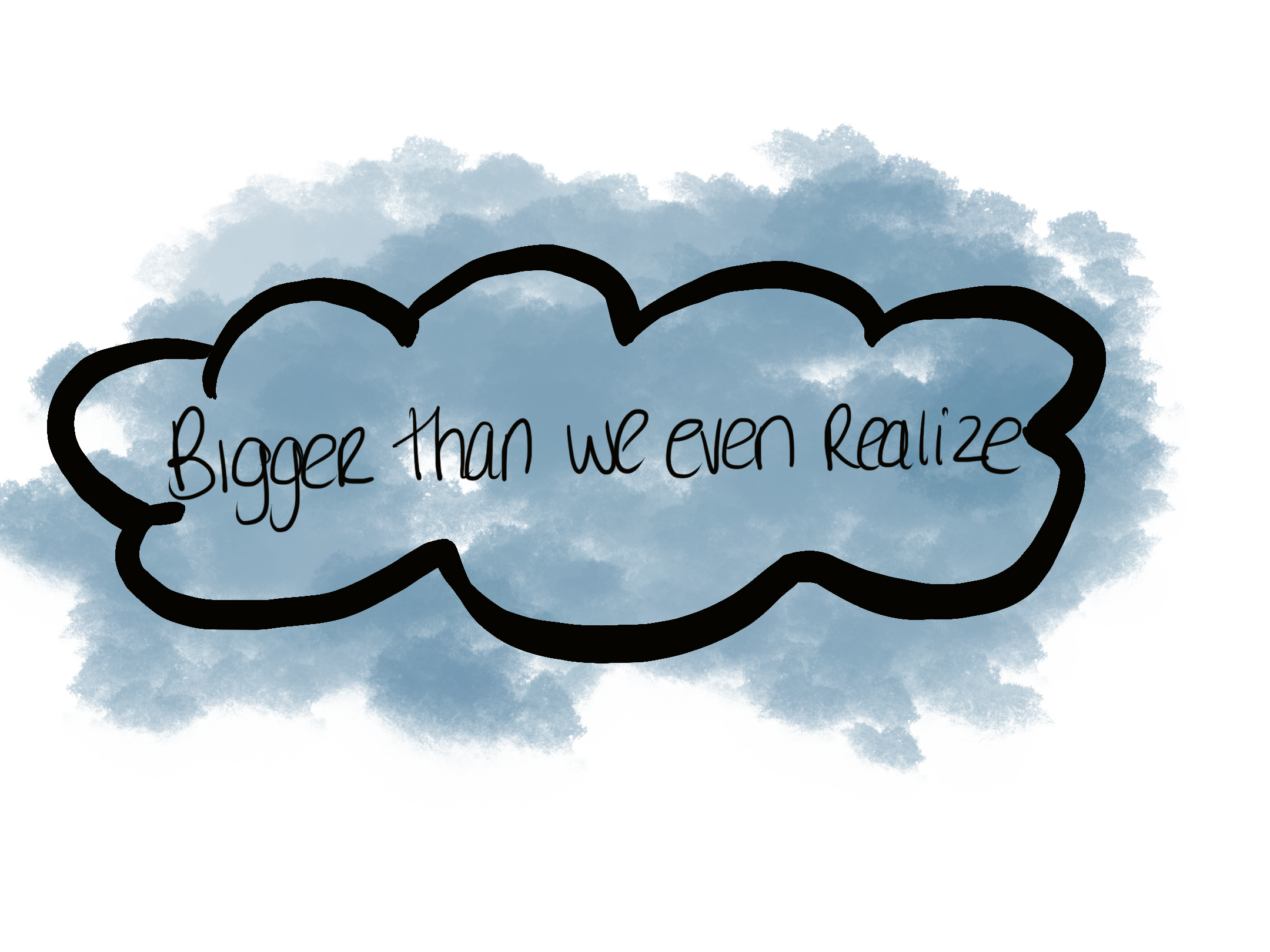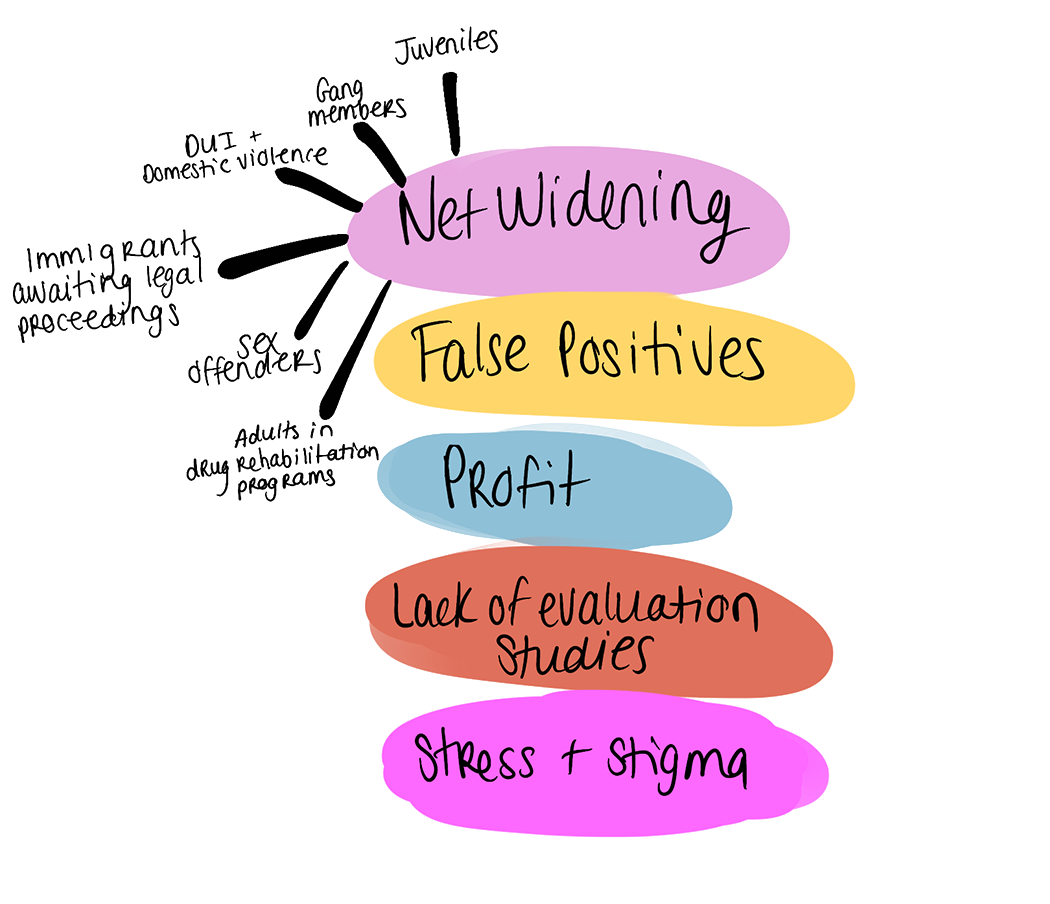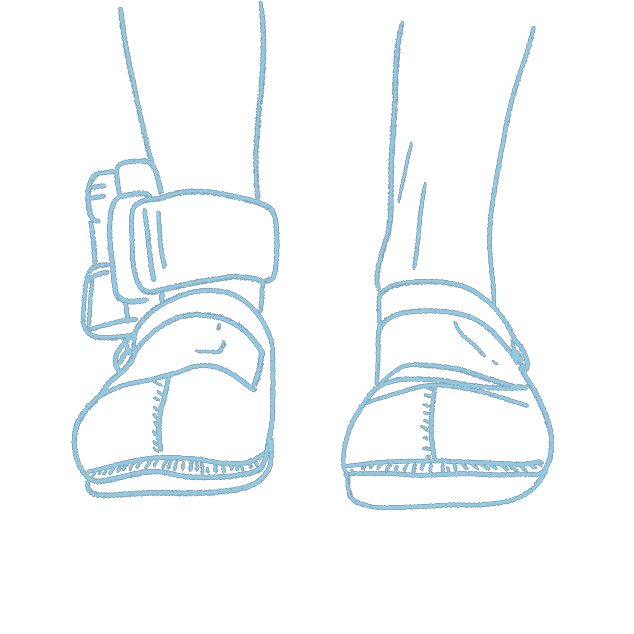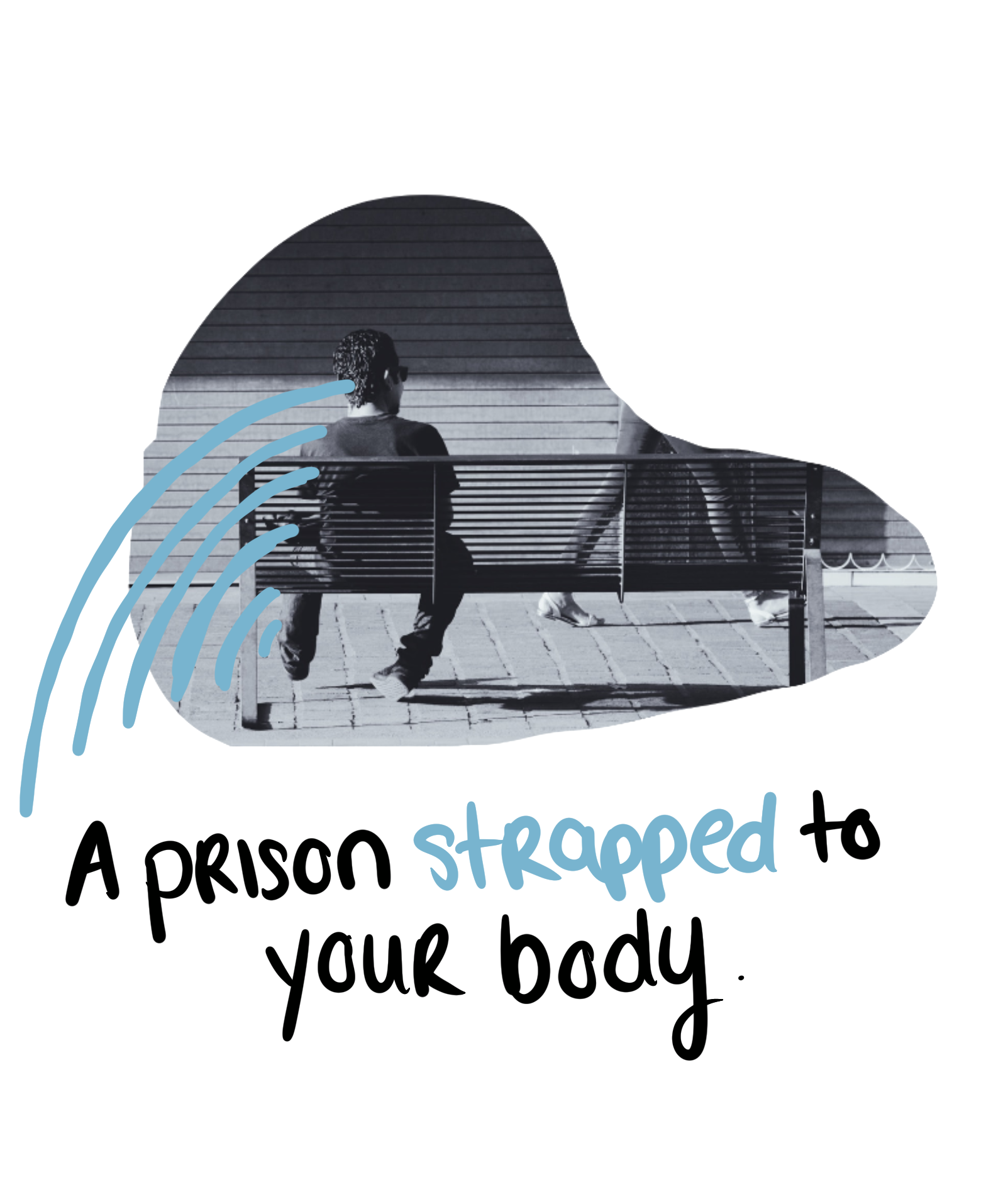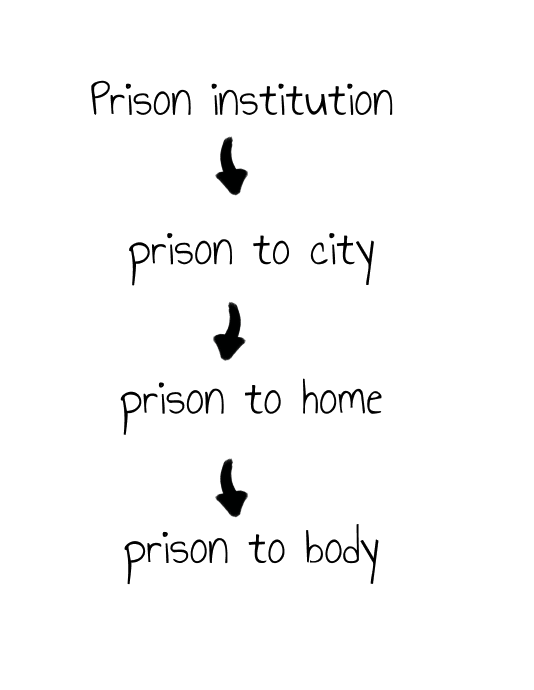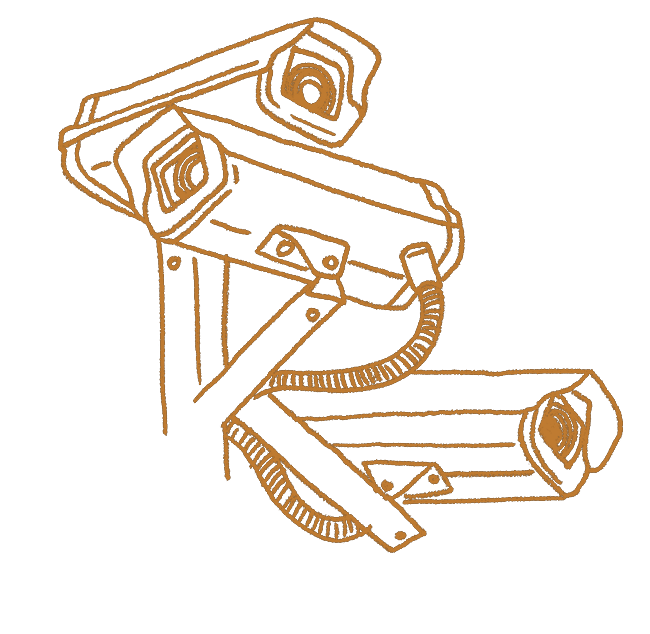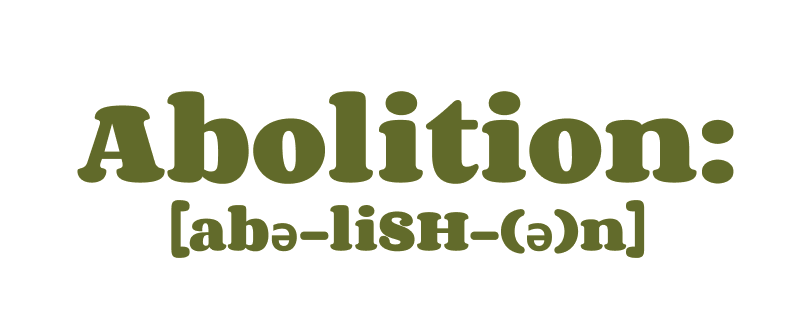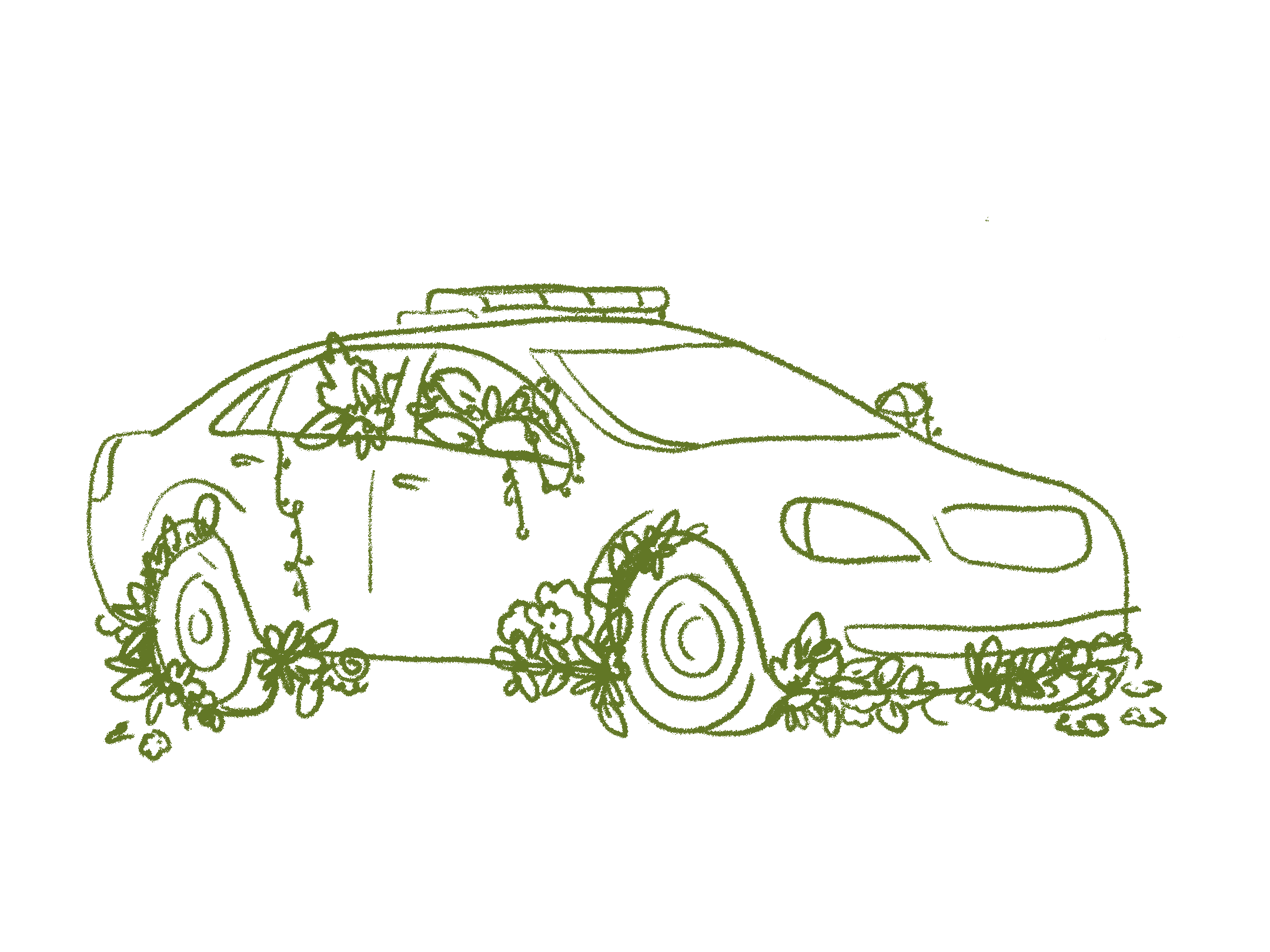“From electronic ankle monitors and predictive-policing algorithms to workplace surveillance systems, technologies originally developed for policing and prisons have rapidly expanded into nonjuridical domains, including hospitals, schools, banking, social services, shopping malls, and digital life. Rooted in the logics of racial disparity and subjugation, these purportedly unbiased technologies not only extend prison spaces into the public sphere but also deepen racial hierarchies and engender new systems for social control.”
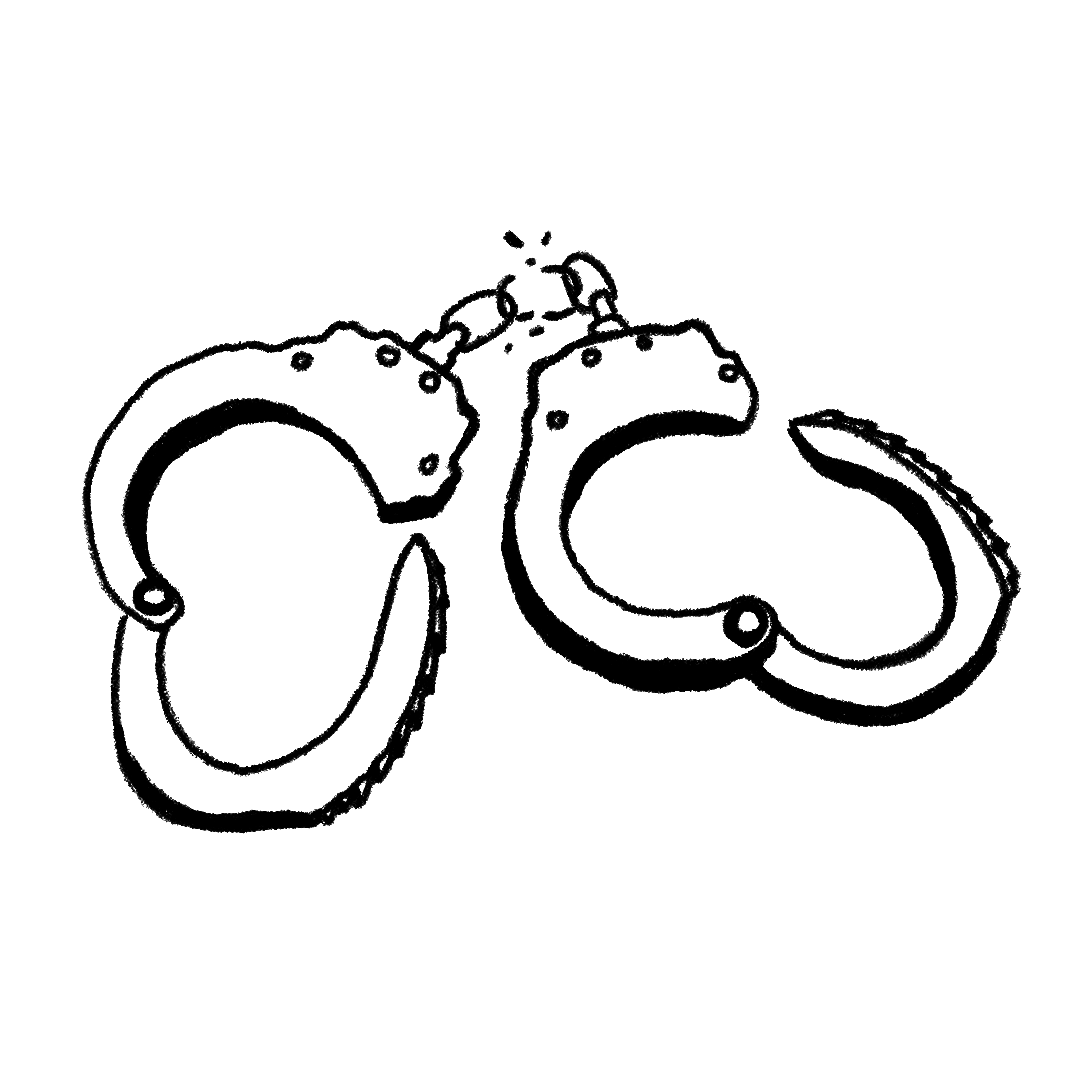
We are too easily seduced by technology and too quick to imagine there must be a technological fix or solution to the deep moral and structural challenges we face.
- If police officers are forced to wear body cameras,
will this help? - If we get rid of cash bail and if the people released from jail with electronic ankle monitors,
will this help? - If people are sentenced to house arrest for 10 years rather than 3 in prison,
will this help?
This project is the summary of my thoughts, notes, research, and provocations on electronic ankle monitoring, set within the larger context of the prison industrial complex, punishment, surveillance, and abolition. It’s a project about what happens when the prison extends beyond the traditional prison walls and seeps into your community, your home, and your body. Through these reflections and questions, I tried to identify the connections between PIC and slavery, racism, neoliberalism, urban geography, and technology. I hope you will start to make these connections too, if you haven’t already. Abolition provides us a new path forward, and gives us the opportunity to build a future that revolves around care, healing, and shared community. It’s about knowing and unknowing, learning and unlearning. Abolition allows us to get at the root of the problem, and escape from the same framework and footprint of reform. This project just scratches the surface. I hope these provocations prompt you to question what you know about “crime and punishment” and begin to see things in a new light.

